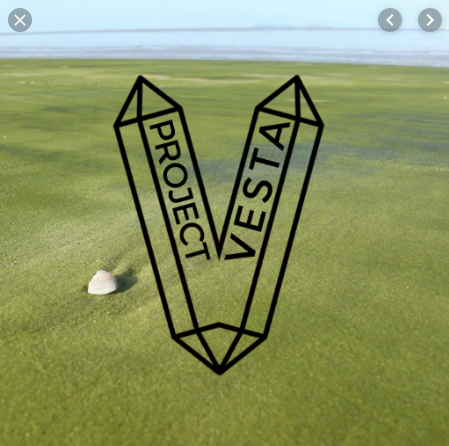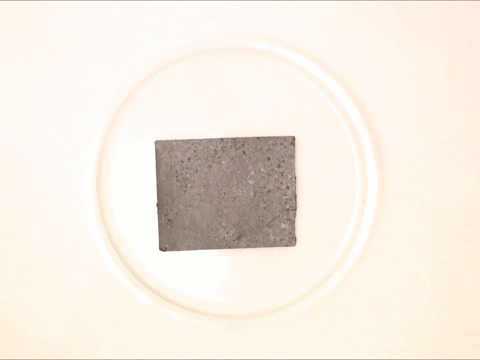My understanding of climate change is always evolving. While fundamental changes in agriculture, transportation, energy, and consumer behavior are necessary to reduce the generation of greenhouse gases, I know little of what technologies exist, in the near future, to "turn the tide on climate change."
Enter Project Vesta, a not-for-profit that is working to accelerate Earth's natural long-term carbon cycle that removes CO2 from the atmosphere through a chemical reaction between volcanic rock, CO2, and water, with green beaches! And when I say green, I mean literally, green.


